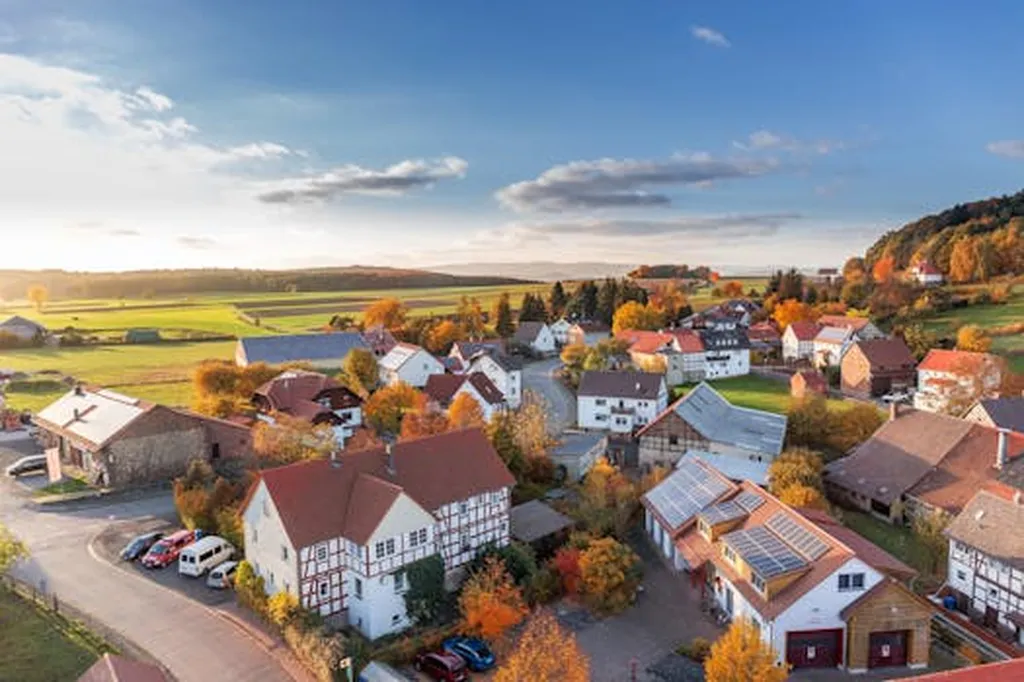In the frosty heart of China’s rural landscapes, a quiet revolution is brewing, one that could warm homes and wallets alike. Researchers, led by Yuechen Duan from the Innovation Institute for Sustainable Maritime Architecture Research and Technology (ISMART) at Qingdao University of Technology, have been crunching numbers and running simulations to figure out how to make rural homes in cold regions more energy-efficient and comfortable. Their work, recently published in the journal ‘Buildings’ (translated from Chinese), offers a roadmap for retrofitting these homes, with insights that could ripple out to the maritime sectors, too.
Imagine a typical rural home in Linyi, Shandong Province. It’s cold in winter, and keeping it warm can be a drain on energy and resources. Duan and his team decided to take a systematic look at how different design tweaks could improve energy efficiency, comfort, and even the economic bottom line. They used a method called Orthogonal Experimental Design to test out 12 different envelope design parameters—think windows, walls, roofs, and more—and see how they affect everything from energy demand to daylight performance and return on investment.
So, what did they find? Well, it turns out that the type of windows you use and their solar heat gain coefficient (SHGC) are big deals. “U-Window and SHGC are the most critical factors influencing energy demand and thermal comfort,” Duan explained. In other words, choosing the right windows can make a huge difference in how warm and cozy a home feels, and how much energy it takes to heat it.
But it’s not just about warmth. Daylight matters too, and the team found that the light transmittance of windows has the biggest impact on how well a home is lit naturally. And when it comes to money, the type of window material is a major player in retrofit costs, while the depth of the building and the size of the south-facing windows can significantly affect the return on investment.
For maritime professionals, the implications are intriguing. Offshore and coastal communities often face similar challenges in designing and retrofitting homes and buildings to withstand harsh weather and improve energy efficiency. The insights from this study could help inform design choices for maritime structures, from offshore platforms to coastal housing, leading to more comfortable, energy-efficient, and cost-effective solutions.
Moreover, the maritime industry is increasingly focused on sustainability and reducing its environmental impact. The methods and findings from this study could be adapted to assess and improve the energy performance of maritime structures, contributing to the industry’s broader sustainability goals.
In the end, this research isn’t just about keeping rural homes in China warm and cozy. It’s about providing a blueprint for improving energy efficiency and comfort in buildings everywhere, including those in the maritime sectors. And as Duan and his team have shown, sometimes the simplest tweaks can make the biggest difference. So, as we look to the future, let’s keep an eye on the envelope—it might just hold the key to a warmer, brighter, and more sustainable world.

